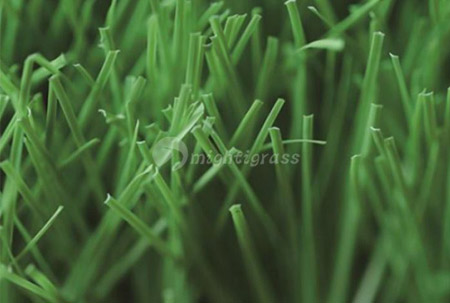What are the requirements for Essential Artificial Grass for roof greening?
Jan. 09 , 2020
In high-rise buildings, Essential Artificial Grass roof greening is an inseparable and effective greening method. It has been vigorously promoted and promoted as an important part of urban greening. Greening artificial turf on the roof can effectively reduce the roof temperature, protect the building layer and prolong its service life. It can also absorb dust in the air, which can also play a role in sound absorption and noise reduction. As a Chinese Synthetic Grass Supplier, share with you.
Commercial Artificial Grass
Difficulties in roof greening
The major cities have been promoting roof greening for a long time, but the actual results are not satisfactory. Taking Beijing as an example, it has been more than 10 years to promote roof greening of artificial turf. As of 2015, the city's completed roof greening area was about 2 million square meters, accounting for only 3% of the total roof area of all buildings in the city. People are surprised.
How about the follow-up situation of the 2 million square meter building roof that has completed the greening of artificial turf? It is understood that 500,000 square meters of roof greening plants are relatively single due to their single species and poor disease resistance, plus management and maintenance. The work was not in place, and the problem of pests and diseases appeared in the later stage. It soon decayed and died, and the whole piece was eradicated later. Labor and people's financial loss did not receive the expected results, which is very wasteful.
In addition, there are three difficulties in greening artificial turf on the roof:
First, there are certain requirements for the load-bearing of the roof. Planting flowers and grass on the roof must lay a layer of soil for it to grow, and it will be heavier if other landscapes are set up. However, most roofs do not take into account the load required for roof greening at the beginning of construction, and increasing the load means increased costs and many developers are not willing to pay such a cost.
Second, the waterproof layer of the roof may cause damage. The daily irrigation and fertilization are necessary for the growth of flowers and plants. If the roof is wetted with water for a long time, and there will be some corrosive substances in the fertilizer, in the long run, it is likely to damage the waterproof layer. At the same time, because the waterproof layer is covered under the flower soil, it is difficult to repair if leakage occurs.
Third, is the higher cost. Not only does it need to spend a lot of manpower and material resources in the early stage of planting, but also requires regular maintenance by a special person in the later stage, the cost is too high.
Since artificial turf uses chemical fiber materials, it has the advantages of simple maintenance, durability, and good surface uniformity. It has been favored by the market since its introduction in the mid-1960s and is especially suitable for surface flatness and uniformity. More demanding events. However, it also has obvious disadvantages, such as poor cushioning performance and large hardness. Our company also has Commercial Artificial Grass for sale, welcome to consult.








